Vietnam’s growth story is reminiscent of the rapid development of economies such as South Korea, Taiwan (China), Hong Kong (China) and Singapore. Vietnam has been dubbed the new Asian “tiger”.
A recent article by the UK's MoneyWeek Financial Magazine said that since China joined the World Trade Organization (WTO) in 2001, the country's GDP growth has consistently reached 10% per year. Foreign investment has been continuously poured into China and the country's manufactured goods exported globally have recorded astonishing numbers.
“However, in recent years, with its dynamic economy, manufacturing capacity and international openness, Vietnam has become another name reminiscent of China in the early 2000s,” wrote MoneyWeek.
The key to Vietnam's economic development
From one of the poorest countries in the world, with a GDP per capita equivalent to Ethiopia's in the 1990s, Vietnam has now become a middle-income country.
Trade has been key to Vietnam’s economic growth, fueled by a series of trade agreements. In 1995, Vietnam joined the Association of Southeast Asian Nations (ASEAN). In 2000, Vietnam and the United States signed their first bilateral trade agreement. And in 2007, Vietnam joined the WTO.
If in 1986, exports of goods and services accounted for less than 7% of Vietnam's GDP, this figure increased to 93% in 2021. It can be seen that Vietnam has transformed from one of the poorest countries in the world to a middle-income country, with GDP per capita increasing 3.6 times in the period 2002-2020. During that period, Vietnam experienced three distinct booms in foreign investment.
The first started in the mid-1990s when Japan's Honda Motor and global sportswear brands began to come and set up factories in Vietnam.
Then, in the early 2000s, technology companies from Asia also began coming to Vietnam to set up production lines for simple electronic devices.
And then in the mid-2010s, Vietnam began to attract foreign retailers, such as Japanese giant Aeon.
Vietnam can be considered an export powerhouse, with “more than half of Nike’s shoes and 60% of Samsung’s phones produced in Vietnam”.
Vietnam’s smartphone dominance is largely due to the massive investment by South Korean giant Samsung. According to Business Korea, the company employs more than 100,000 people in Vietnam. By 2022, Samsung’s exports will account for 18% of Vietnam’s total exports. This could herald a fourth wave of investment, Nikkei Asia said.
What's next for Vietnam?
Vietnam emerges as winner in race to find supply chain alternatives to China.
“The country’s competitive advantage is clear,” Andy Ho, director of VinaCapital, told The Sunday Times.
Specifically, the wages of workers in Vietnam are only half of those in China, while the quality of the workforce is comparable in many fields. Not only that, Vietnam is also geographically close to important technology supply chains in southern China.
Vietnam is planning to shift from “labor-intensive” industries such as textiles and electronics assembly to more profitable sectors such as semiconductors. In particular, the event of Vietnam and the United States upgrading their relationship to a “Comprehensive Strategic Partnership” will contribute to increasing investment from American companies.
Vietnam exported six times more phones than India last year. Typically, in a smartphone, about 75% of the material cost is made up of the total cost of components such as the printed circuit board, camera module, touchscreen and glass cover.
To source most of these components, while India faces tariffs of up to 22% from component suppliers, Vietnamese manufacturers can source them at zero tariffs, thanks to the network of free trade agreements Vietnam has signed.
For investors, Vietnam remains a market worth investing in. If Vietnam’s stock market is upgraded to emerging market (EM) status, funds tracking the benchmark EM index will pour capital into Vietnam, thereby pushing up the value of domestic stocks, estimated at about 5-8 billion USD.
Vietnam stocks are the largest component of the frontier market and for years foreign investors have bet that an upgrade is just a matter of time.
Vietnam's growth story is reminiscent of the rapid development of economies such as South Korea, Taiwan (China), Hong Kong (China) and Singapore in the second half of the 20th century. The country has been dubbed the new Asian "tiger". Investors are certainly hoping that the country can follow the example of the previous "tigers" to climb the high-income group.
(According to CafeF/Market Life)
Vietnamnet.vn








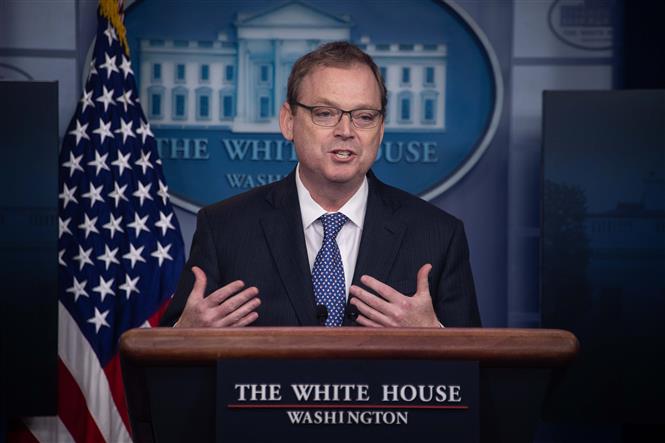









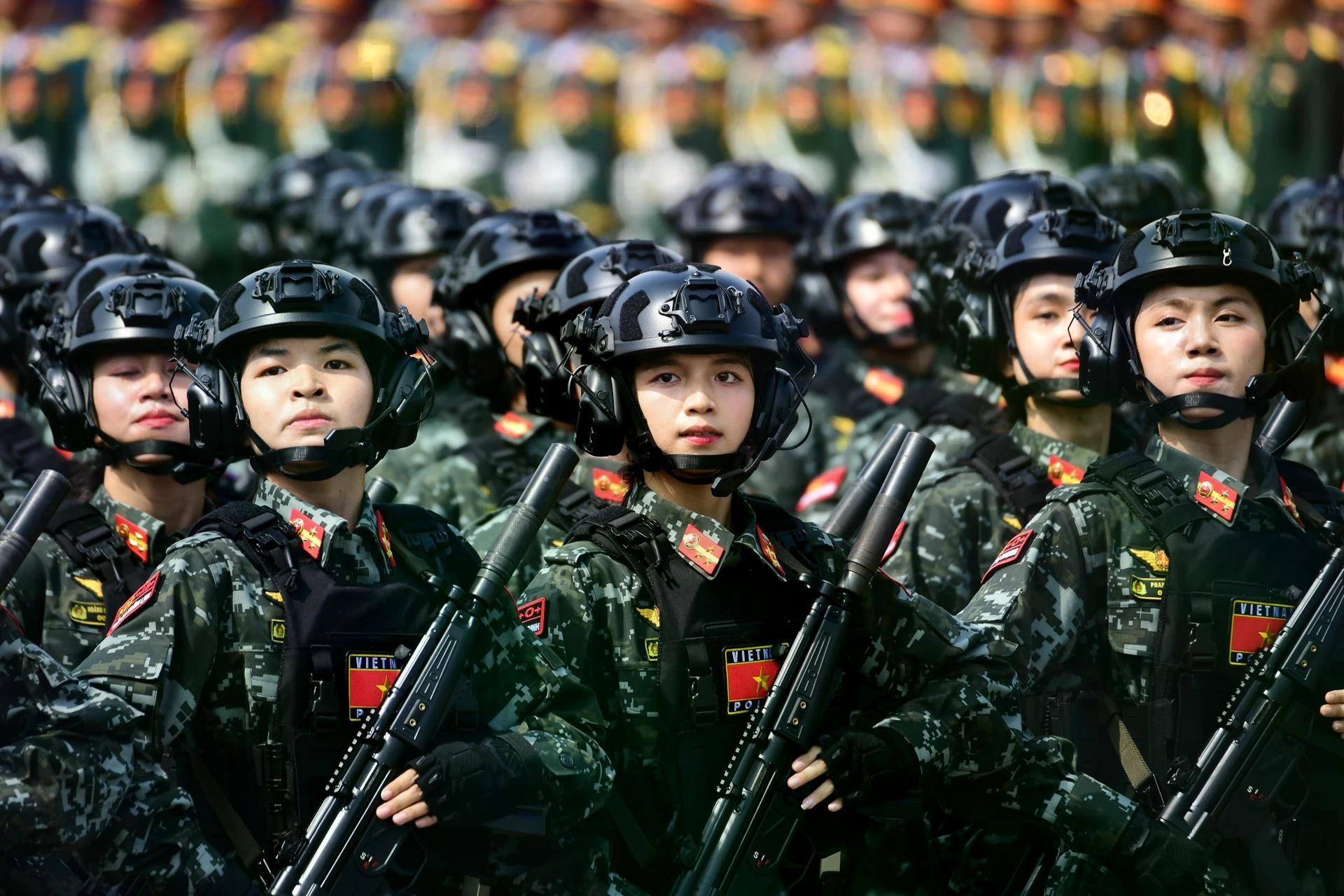

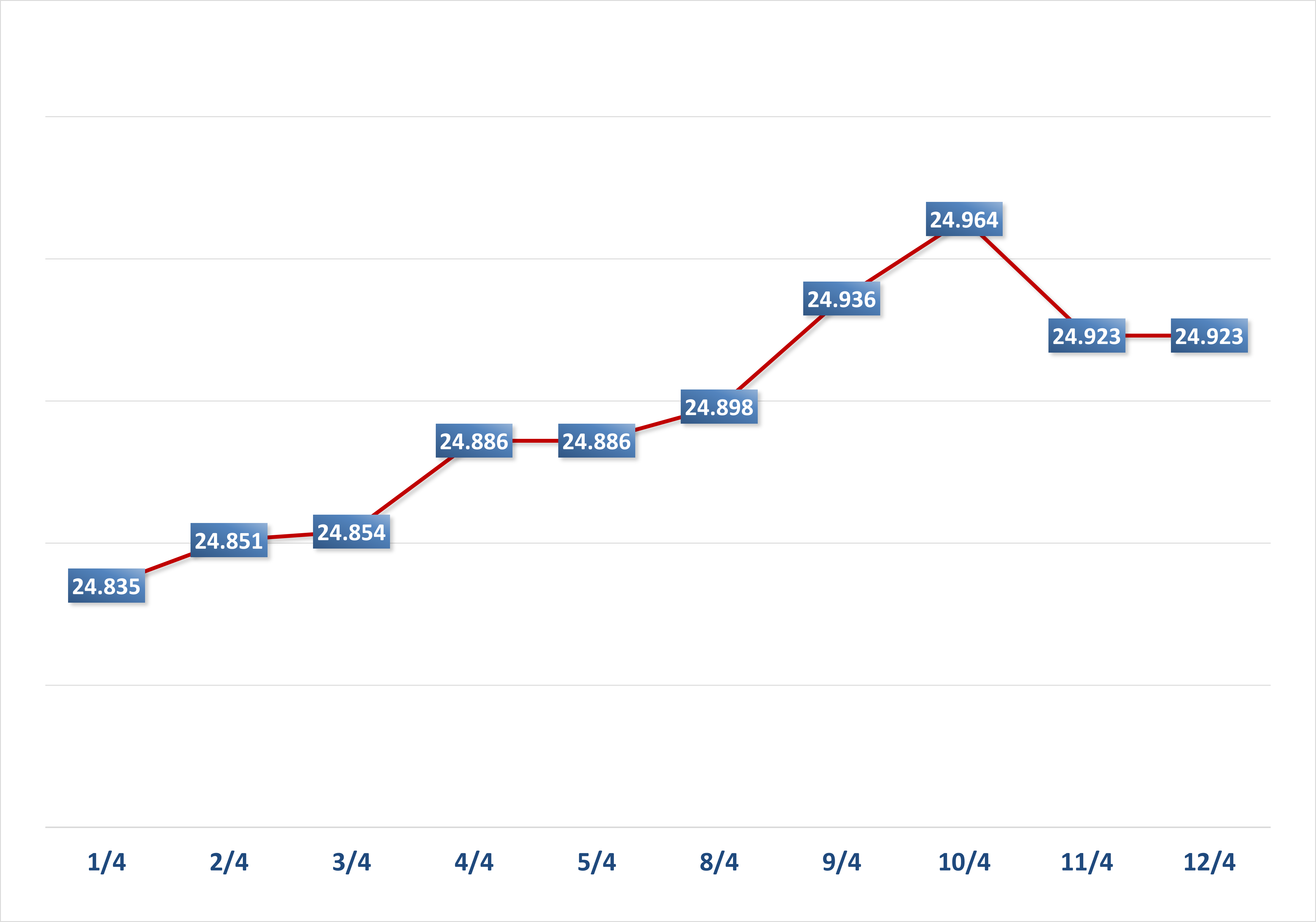
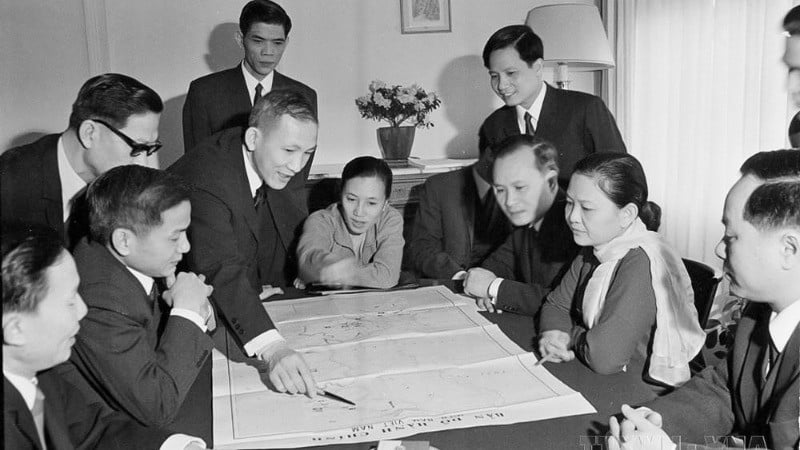





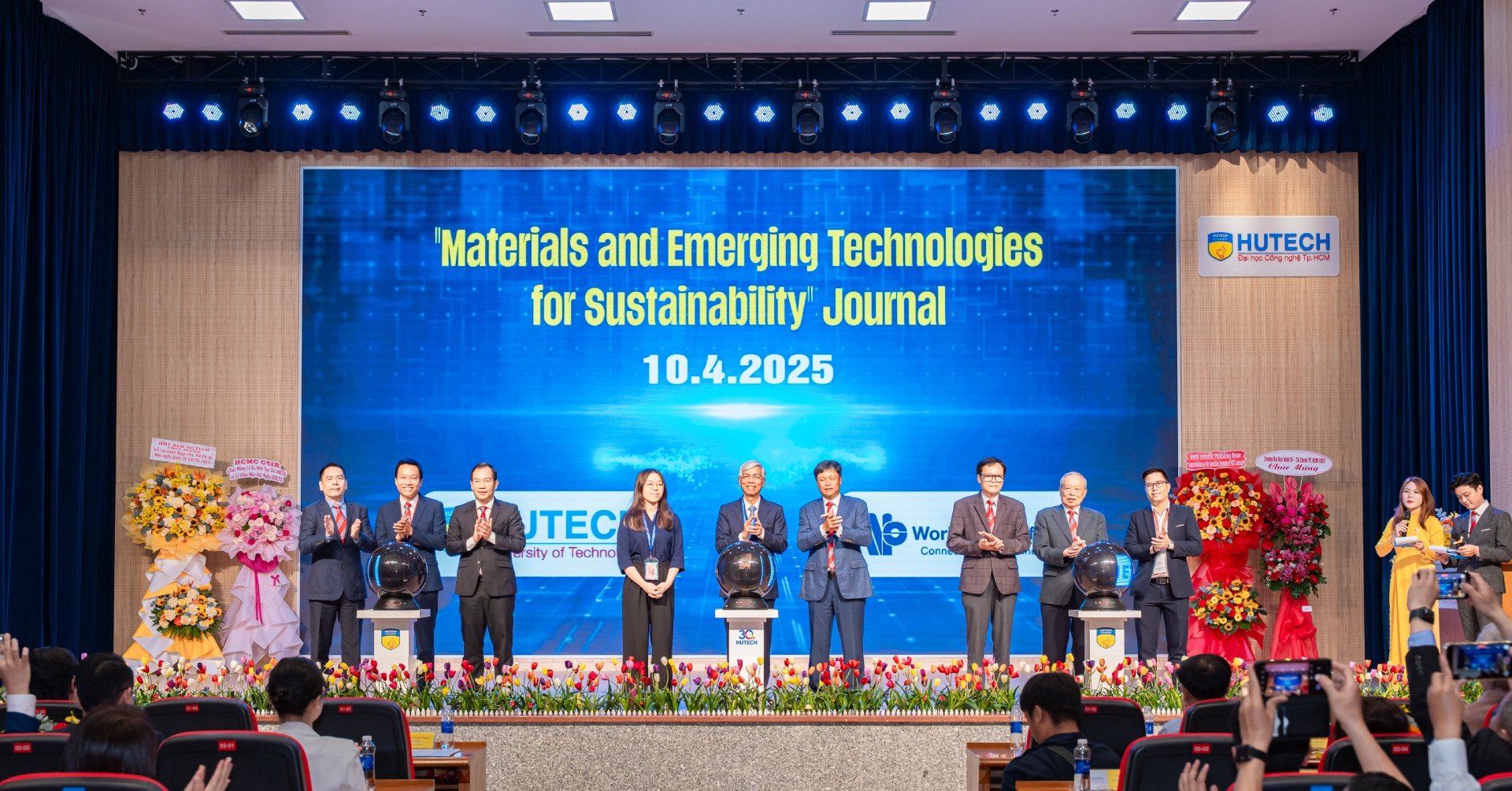





![[Photo] "Beauties" participate in the parade rehearsal at Bien Hoa airport](https://vstatic.vietnam.vn/vietnam/resource/IMAGE/2025/4/11/155502af3384431e918de0e2e585d13a)



















































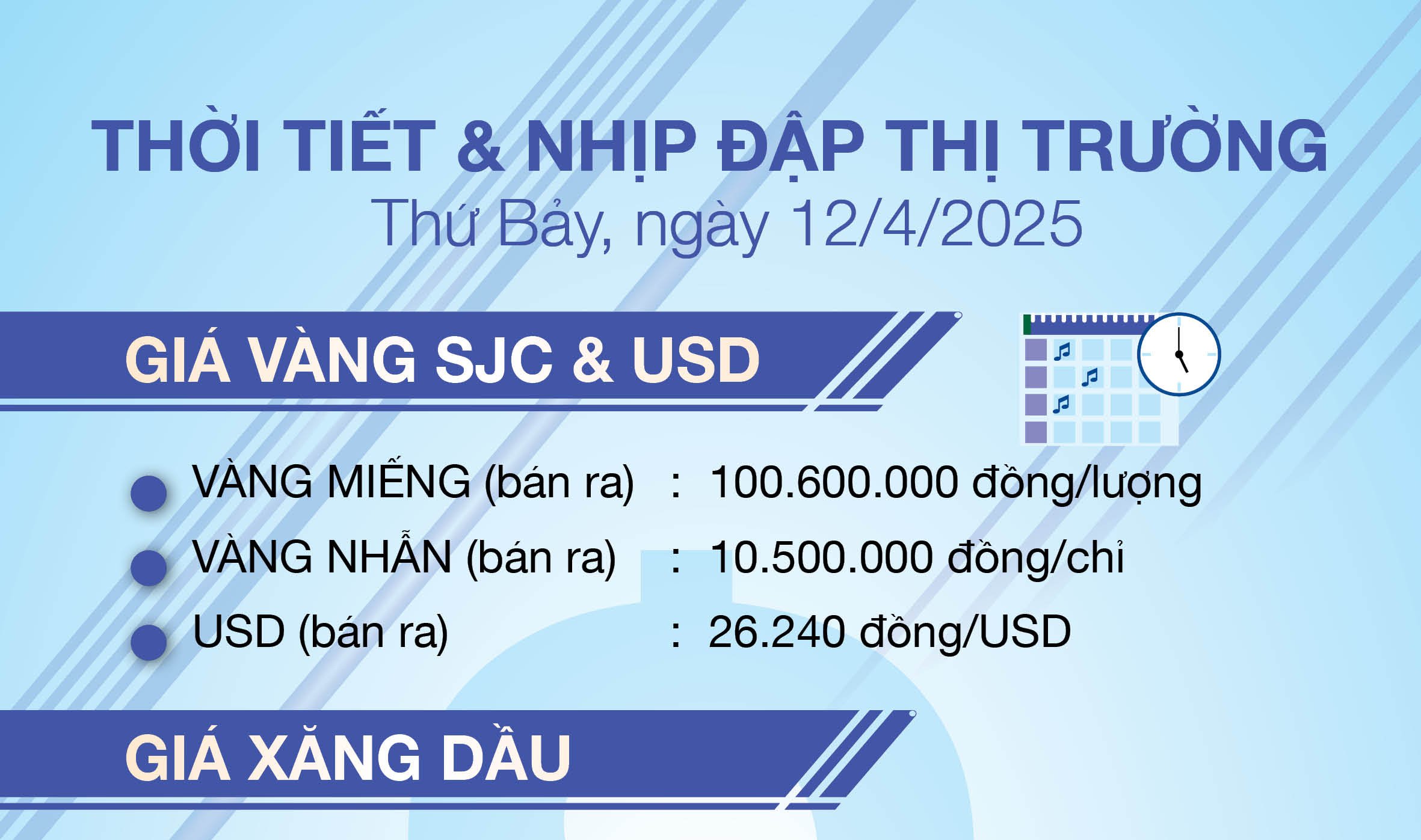












Comment (0)